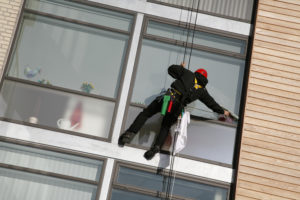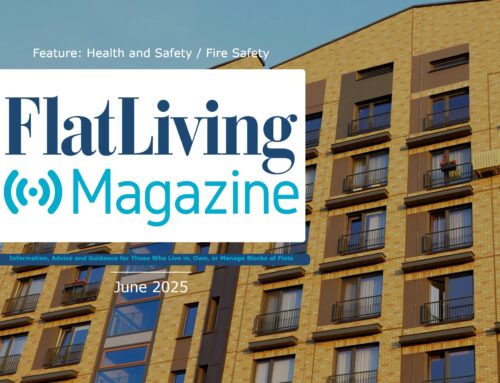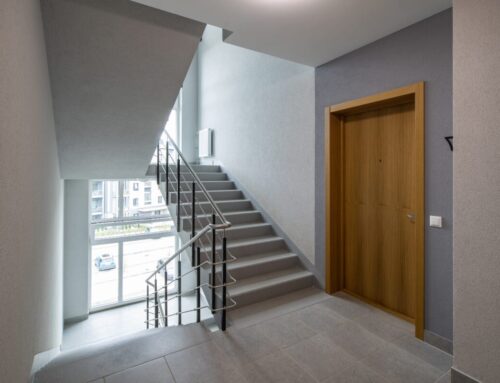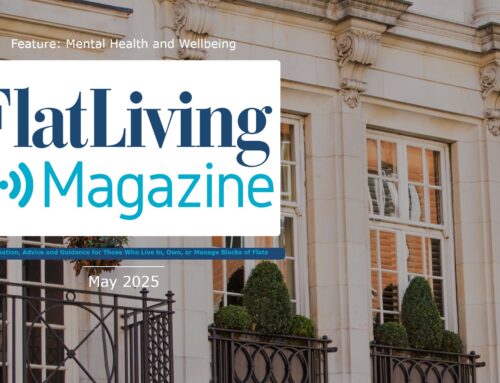 Belinda Thorpe, Managing Director of Residentsline, discusses the maintenance standards of your block of flats.
Belinda Thorpe, Managing Director of Residentsline, discusses the maintenance standards of your block of flats.
There is usually a covenant within a lease or TP1 stating that it is the responsibility of the freeholder, Property Managing Agent or Residents’ Management Company (RMC) to ensure their property is in a ‘good state of repair’. Furthermore, most insurance policies will not pay for any loss or damage that is caused by the tenants’ failure to maintain the property in a reasonably good state of repair.
This means that, according to Direct Line, the RMC must take all reasonable precautions to ‘prevent or minimise loss, destruction, damage, accident or injury and maintain the premises, machinery, equipment to a good state of repair’.
Things to consider:
- Claims can be rejected, and cover can be reduced (or even removed) if properties are poorly maintained.
- Insurance surveys will comment on the general state of the building and may also suggest which areas of maintenance need to be completed. Some insurers may remove or reduce cover until such works are finished.
- If there are any flat roof areas to the property and the original coverings (or any replacement materials) are over 10 years old, then your insurer may ask for a report to be produced. This report should confirm the condition of the flat roof area as well as any repairs that may be required once it has passed its guarantee period.
- When you start or renew your insurance policy, most Statement of Fact documents will ask you to state that your property is, and will be, maintained to a good state of repair. If you answer incorrectly then any future claims may be rejected.
It may be convenient to overlook any maintenance issues, even for a short period of time, but what would happen if you experienced a major loss? You should remember this when making a claim; loss adjusters will have to pass comment on the general condition of your property and whether they believe the property to be adequately maintained. Also, if a property is in a poor condition and somebody is injured due to a decision made by the RMC, this could give rise to a personal claim against the RMC.
On a more positive note, significant discounts can be secured from insurers where you can prove that maintenance has been completed, i.e. ground maintenance, IEE Tests, Fire Risk Assessments etc.
What are a Residents’ Management Company’s maintenance responsibilities?
There isn’t an exhaustive list of exactly what an RMC must legally do and what the tenant’s responsibility is, but there are some rules.
You should always err on the side of safety and try to go above and beyond the bare minimum of legal requirements. If anything should happen to either the property or your occupants, you need to be able to prove that you’ve been diligent and taken reasonable steps to keep both safe and secure. You could prepare a maintenance schedule for the property/properties you own, detailing what needs to be carried out and when.
Here are some areas to consider:
- Any electrical installations checks should be carried out by a Part P registered electrician at least every 5 years. In Scotland, this is a legal requirement.
- Fire safety and Health and Safety risk assessments should be carried out. You may feel you’re either qualified or responsible enough to complete this yourself, however, there are many companies who can fulfil this role for you; they will make sure that you obtain a thorough, educated and independent report.
- If you have any communal water tanks, you must carry out a Legionella assessment to show whether there is any risk of stagnant water that could harbour this lethal bacterium.
- Gutters and drains should be regularly cleared.
- Banisters and railings should be checked to ensure they are tightly fixed and suitable for purpose.
- Pavements, slabbing and communal area flooring should be in good order to ensure there aren’t any trip hazards.
- Slipped or damaged roof tiles should be replaced or repaired.
- All portable electrical appliances should work and be maintained in a safe condition.
Normally, anything internal to a flat and not communal is the responsibility of the leaseholder or owner, whilst anything that serves a communal purpose should be maintained by the RMC. The full details should be contained within your lease, but this will normally include the exterior fabric of the building (i.e. the roof, floor slabs, walls, windows, and doors), the pruning of trees/shrubs and paths being safe.
How quickly should an RMC make repairs?
You should try and keep as much under your control as possible. Simply blaming a leaseholder for negligence won’t help when you’re trying to make an insurance claim.
If you’re keeping on top of your maintenance schedule, then you shouldn’t have too many unexpected repairs. But when things do need fixing, you should arrange for the issue to be inspected and any necessary repairs to be carried out as soon as possible. It is very much in your own interest to respond to any required repairs as quickly as you can. You should also make sure to keep a complete written record and audit trail of all reports and checks you have completed in case any situation arises which relates to the maintenance of the property.
If you need to complete a repair, it should be completed in a reasonable amount of time. If you are notified of a required repair or Health & Safety concern, then try to respond within 24 hours and, unless it is an emergency, aim to have the issue resolved within a few days. Whenever repairs and maintenance need completing, it is good practice to communicate this to all your residents and keep record of your communications.
It is in everybody’s best interest to maintain your block. This is vital for insurance requirements, for residents’ and visitors’ safety, to ensure your property retains its value, and for your enjoyment!




Leave A Comment